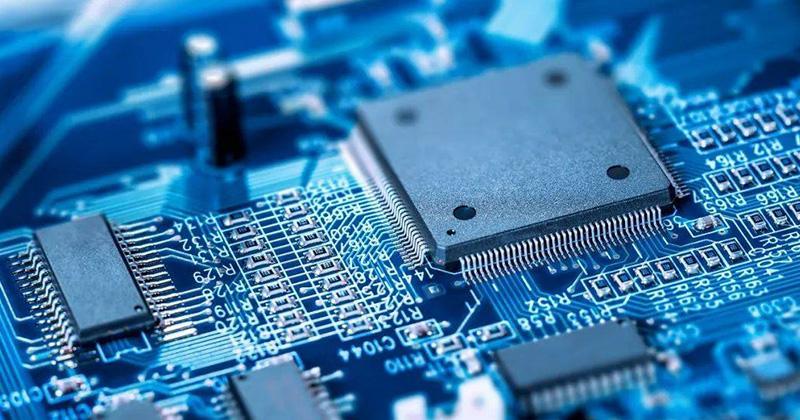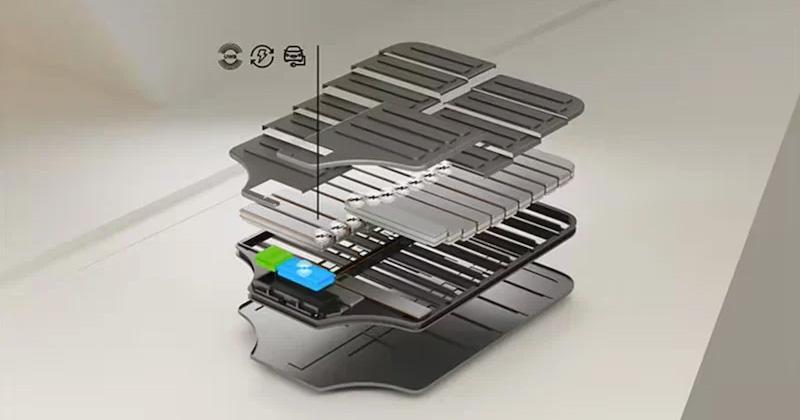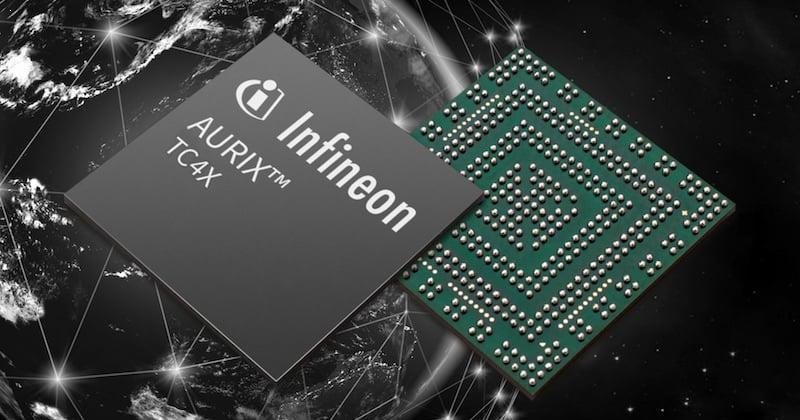
Sciosense Launches Two-Channel Time-to-Digital Converter for LiDAR
At last week's Electronica 2024 trade show, ScioSense launched the LTDC-X3, a two-channel, time-to-digital converter (TDC) for LiDAR systems.
According to the company, this compact device tackles the core challenges in LiDAR performance, footprint, and power consumption.
Integration Drives Compact, Efficient Designs
ScioSense prioritized integration in the LTDC-X3’s architecture (datasheet linked), a historical challenge in LiDAR systems.
Traditional LiDAR setups often use FPGAs to interface with laser diodes and photodetectors. These solutions, while flexible, require considerable board space and consume significant power, complicating thermal management. By contrast, the LTDC-X3 incorporates key functions directly onto the chip.
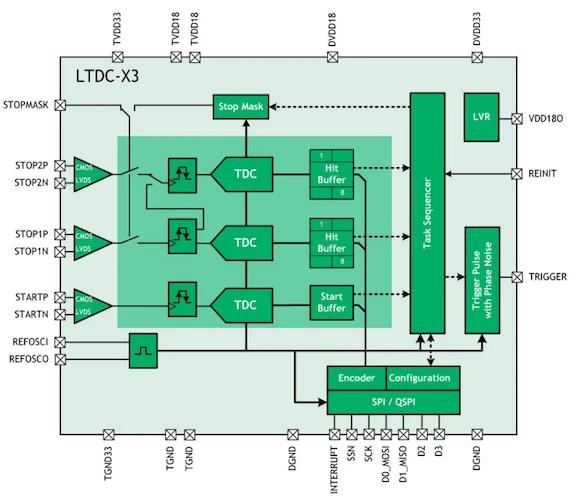
Block diagram of the LTDC-X3. Image used courtesy of ScioSense
For example, its built-in start pulse generator features configurable phase noise so designers can fine-tune the timing signal for external laser diode drivers. The device also includes an on-chip calculation engine for time-of-flight (ToF) and pulse width measurement to reduce the computational load on the host system.
This high level of integration translates to a smaller system footprint and lower power consumption, with the device dissipating only 150 milliwatts under typical operating conditions. For designers of drones and mobile robots, this efficiency eases constraints on battery life and thermal design.
The LTDC-X3’s compact 4 mm x 4 mm QFN32 package further enhances its appeal. By minimizing external components, ScioSense has created a solution that reduces system size and simplifies manufacturing. Meanwhile, integrated noise-masking and trigger-generation modules provide additional flexibility for developers seeking to optimize performance under specific environmental conditions.
Ultra-High Resolution
ScioSense designed the LTDC-X3 explicitly for single-beam LiDAR systems, such as robotics and drones. For this reason, the device prioritizes several important performance specifications.
It achieves a single-shot resolution as low as 20 picoseconds, which ScioSense claims makes it one of the most precise TDCs on the market. This is coupled with a minimal pulse-to-pulse spacing of 5 nanoseconds, which allows it to handle high-frequency laser pulses without data loss or timing ambiguities. In addition, its 2.4-microsecond measurement range supports optical systems requiring long-range sensing. The quad SPI interface facilitates high-speed data transfer, with rates up to 50 MHz or 200 MB/s.
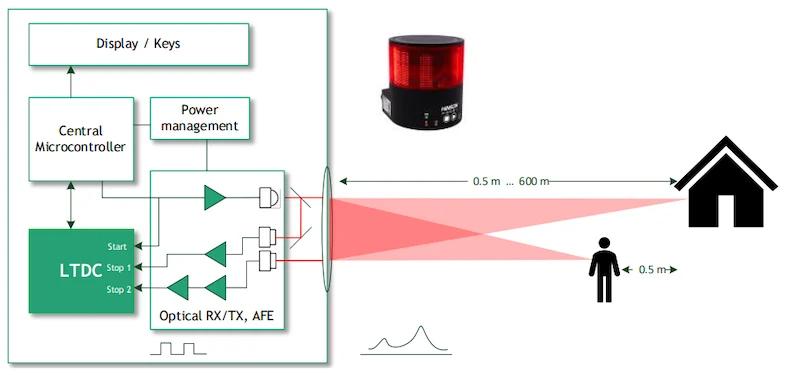
Application diagram of the LTDC-X3. Image used courtesy of ScioSense
Collectively, these specifications are a boon for LiDAR technology, which relies heavily on the precise calculation of light travel times. The LTDC-X3 can register both the rising and falling edges of a pulse across two channels. It also enhances the granularity of time measurements, allowing it to detect multiple objects within a single laser pulse sequence.
Bolstering LiDAR Applications
Addressing the dual challenges of precision and integration, ScioSense hopes the LTDC-X3 meets and exceeds the performance needs of robotics, drones, and industrial systems. By delivering precise time measurements, the device strengthens the reliability and performance of LiDAR systems. Meanwhile, its low power consumption and compact footprint address growing demands for energy-efficient, miniaturized electronics.



